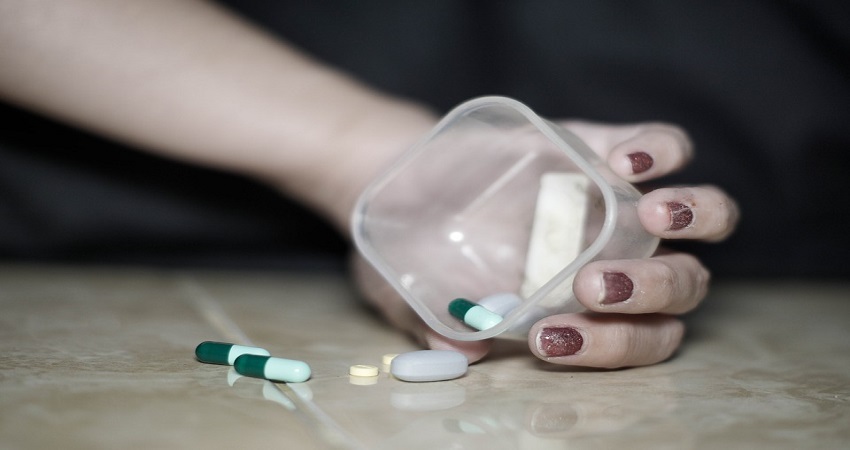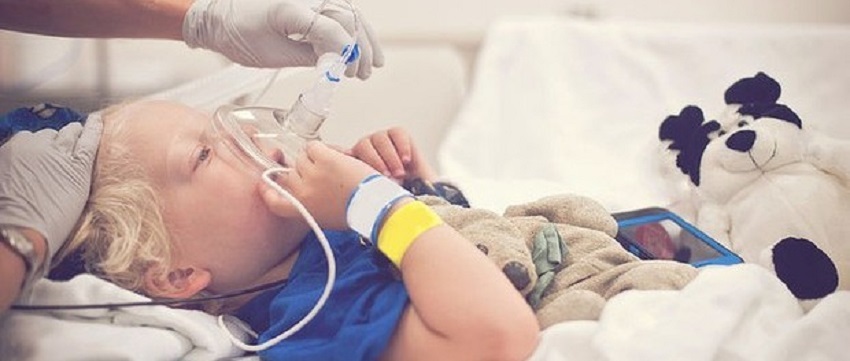Experience in Holland

Euthanasia is a real fear in Holland
The number of Dutch people killed by medical euthanasia has more than doubled in the 10 years since legislation was changed to permit it, rising 13 per cent last year to 4,188. This is according to figures released in 2013. Requests have risen steadily since 2003 when 1,626 people applied for medically administered euthanasia, in most cases by a lethal injection, or assisted suicide.
Medical review committees, that oversee euthanasia after the event, ruled that doctors had failed to meet legal requirements in 10 cases, with two incidents involving the difficulty of informed consent by people suffering from severe dementia.

It was reported in YourNewsWire that Dutch paediatricians are lobbying for a commission to be set-up by the government allow children under 12 to die. Currently, terminally ill children 12-years or older in the Netherlands are able to request euthanasia under current laws, and a controverisal new proposal could see that age lowered further to include all children who are considered to be “suffering unbearably”.
Read the article from YourNewsWire
Constant Progpaganda
Dutch citizens have been subjected to an intense pro-euthanasia propaganda barrage through all of their media outlets for more than forty years.
The Dutch doctors initially resisted and spoke out against the media, but prominent anti-euthanasia physicians were destroyed by the press. Eventually, the resistance of anti-euthanasia doctors was officially punished and suppressed.
This media bombardment has affected the Dutch public most profoundly. 76 percent of the Dutch public support voluntary euthanasia, which is supposedly the ultimate in "freedom of choice," but, paradoxically, 77 percent also support involuntary active euthanasia, which is the denial of freedom of choice. And fully 90 percent of university economics students support the compulsory (forced) euthanasia of groups of people deemed to be a "burden to society" for the purpose of "streamlining the economy."
In 1990, Dutch anesthesiologists refuse to participate in surgery on Down Syndrome children; at least 300 handicapped newborns are starved to death each year; and cardiologists flatly refuse to treat any person over the age of 75. Involuntary euthanasia is routinely defended in the two major Dutch medical journals. Newborns with Down Syndrome, duodenal atresia, cerebral hemorrhage, and other major diseases and birth defects are killed outright.
A license to kill
Being elderly and ill in Holland is a frightening experience, because the elderly know that they are officially "expendable." They are expendable because the primary motivation for Dutch health 'care' is not care per se, but cost containment.
This is the most inhuman legacy of the menace called 'socialised medicine.' Consider the predicament of a 60-year old Dutch person who simply cannot avoid seeking medical care in a hospital. He or she is acutely aware of the following facts.
Every Dutch doctor has received formal "how-to" euthanasia training in medical school. The Royal Dutch Society of Pharmacology (KNMP) has issued a "how-to" euthanasia book to every doctor. This book contains recipes for undetectable poisons that can be placed in food or injected in such a manner that they are almost impossible to detect during an autopsy.
The exact cost of each line of treatment for every common illness or injury is known beforehand and written up on charts for easy reference and analysis in each individual case. Therefore, based on the information contained in these charts, general practitioners have been instructed by their hospitals to give involuntary lethal injections to those elderly patients whose care is deemed "too expensive."
Involuntary Euthanasia in Holland. Wall Street Journal, September 29, 1987
It has been said that there is an 80 percent chance that any individual Dutch doctor has killed someone deliberately through direct or active (not passive) euthanasia.
Do Not Go Slowly Into That Dark Night: Mercy Killings in Holland. The American Journal of Medicine, January 1984.
As leading Dutch euthanasiast Dr. Pieter Admiraal asserted at the 8th biennial conference of the World Federation of Right to Die Societies:
Every patient has the right to judge his suffering as unbearable and the right to ask his physician for euthanasia. Pain is very seldom a reason for euthanasia.
Dutch physician Pieter Admiraal, at the 8th conference of the World Federation of Right to Die Societies, Holland, on June 7-10 1990
Frightening account
Dutch doctor Herbert Cohen described in detail how he kills his patients. It is interesting to note his attention to aesthetic detail, and it is also significant that he is only one of scores of Dutch doctors who still make house visits, not to heal but to kill.
Cohen appears on the front doorstep of the "chosen" with a beautiful bouquet of flowers. He chats amiably with the family to put them at ease, and then approaches his victim, whom he injects first with a sleeping agent and then with the fatal paralysing agent curare. Cohen is punctual:
"If the appointment is for 8 o'clock, I'm there at 7:55, the patient is asleep by 8 and dead by 8:10." Then he calls the police and informs them that a euthanasia has taken place, and a medical examiner is sent to the house.
Euthanasia: Netherlands Tolerates It. The Oregonian, November 21, 1991
Although he has followed this procedure dozens of times, he has never been prosecuted.
Magnitude of the killing
It was reported in 1986 that there were a total of 6,000 legal and illegal mercy killings and assisted suicides in Holland each year, which is equivalent to 4.7 percent of all deaths in the country.
The report found that, when more than 1,000 annual cases of involuntary euthanasia are added to the total number of mercy killings, more than 23,000 patients had their lives "significantly shortened" by overdoses of painkillers each year. Of these, 2,500 cases were done with the specific goal of shortening or ending life.
Four out of every five Dutch general practitioners have performed active euthanasia at some point in their careers. More than one-fourth (28%) actively euthanise at least two of their patients each year, and one of 7 (14%) actively euthanise at least 5 of their patients annually. According to the Royal Dutch Academy of Sciences, at least 8 hospitals are performing widespread involuntary euthanasia.
"I know, based on my 40 years of experience in 5 hospitals, 12 years I spent in university hospitals, that killing by applying death shots to a hopelessly ill patient against his will or at least without his definite wish, happens much more often than is made public."
Dr. Julius Hackethal entitled "Medical Help By Suicide, As a Method of Voluntary Euthanasia," presented at the Second National Voluntary Euthanasia Conference of the Hemlock Society on February 9th, 1985, in Los Angeles, California
It's getting worse
In a new study (2015) the researchers examined case summaries from Dutch regional euthanasia review committees posted online by June 2015. The committees are charged with ensuring that "due care" was given by the doctors involved in each case.
There were 66 summaries of psychiatric assisted suicide cases that took place between 2011 and 2014, representing the majority of assisted suicides involving psychiatric patients known to have occurred during that period.
Overall, about a third of the people helped to end their lives were age 70 years or older, 44 percent were between ages 50 and 70 and about a quarter were 30 to 50 years old. Seventy percent were women.
While fully 55 percent of patients were diagnosed with depression, the others had a number of different conditions, including psychosis, post traumatic stress disorder or anxiety, neurocognitive issues, pain without any physical cause, eating disorders, prolonged grief and autism.
About a quarter of patients' suicides were assisted by psychiatrists, and about one in five patients were treated by unfamiliar doctors - the majority from a mobile assisted suicide clinic funded by a Dutch right to die organization.